Computer numerical control (CNC) machines have been in the market since computers have been there to manage them.
Actually, “CNC” is known as the process by which a computer deciphers a set of guidelines to send pulses to a stepper engine, power a shaft, heat an extruder, or pulse a laser. Whatever kind of CNC machine it is, it will have a computer driving it.
As far as the size is concerned, older and industrial-strength models of CNC routers are amazingly enormous and can take up a lot of room. Nevertheless, current desktop CNC routers are a lot more modest and can sit right on a huge table.
While these desktop machines are surely not as incredible as their industrial-sized parts, they are great for home use and can be connected to a home computer. A good example of using a CNC router is to manipulate wood. In fact, many carpenters use CNC routers for shaping and cutting different types of wood.
Like other CNC machines, CNC routers are exceptional at making precise items. The most well-known functions where CNC routers are used include hobbies like woodworking, making prototypes for the engineering field, creating pieces of art, and certain types of production work.
For industrial or high-end commercial CNCs, this implies creating particular computers for each sort of machine. With respect to specially designed and hobbyist CNCs, they have devoted computers to control their machines, that is, until microcontrollers came into the scene.
The Arduino Software
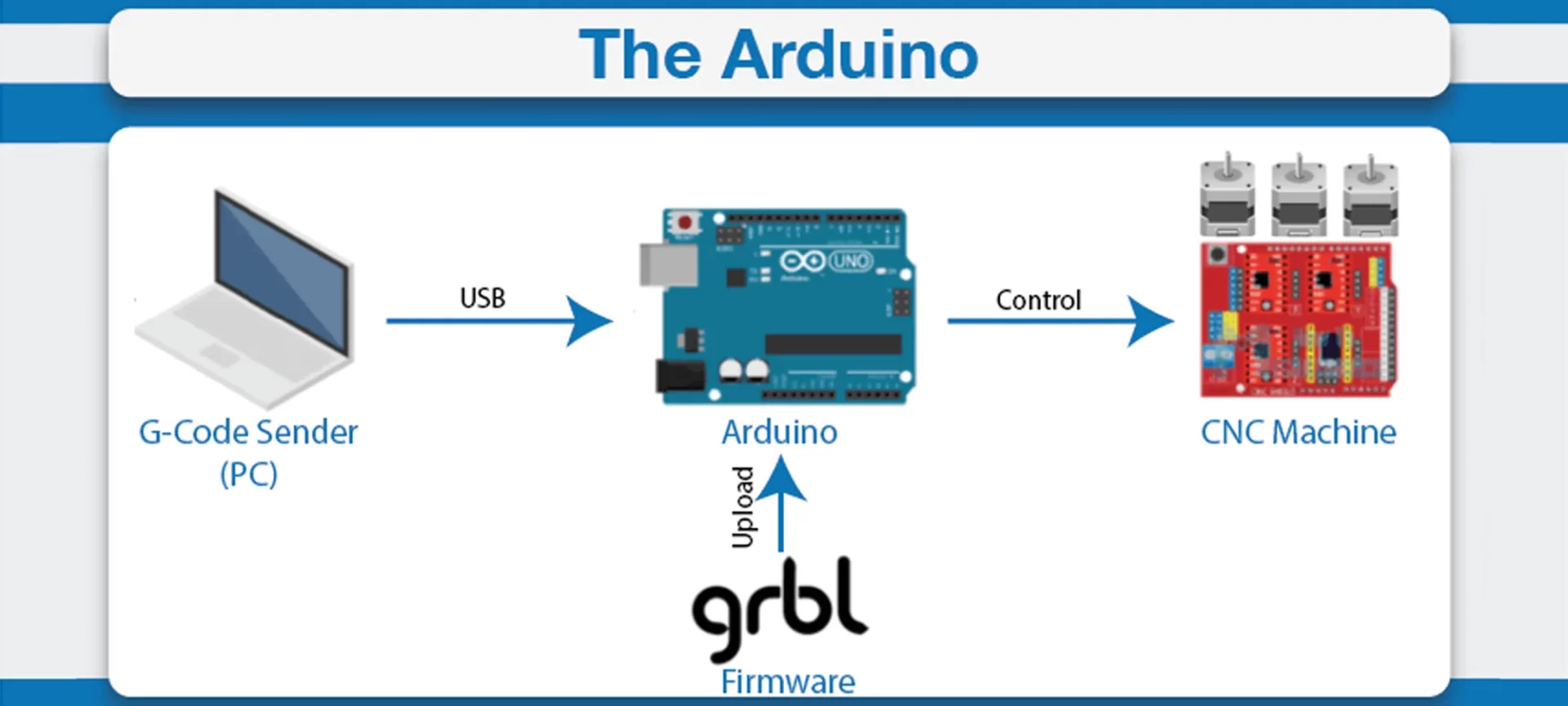
While there are many MCU boards to browse, we will center around the Arduino family and the related software. Arduinos are broadly used by specialists and designers because of their accessibility and a huge community.
Having an MCU board to control your CNC implies that your computer just requires to yield the G-code while the board deals with the timing and deciphers the G-code. It also liberates you from managing outdated parallel ports utilized for interfacing. In the following article, we will consider the best firmware for your Arduino-controlled CNC.
A Note on Hardware
There are numerous Arduino shields out there. Some eminent ones would incorporate the RAMPS and Arduino CNC shields. Points to consider incorporate picking the right one for your particular Arduino. Furthermore, the kinds of connections on the shields and Arduino combo should suit the purpose.
A 3D printer, for example, will require additional pins for heating and regulating a hot end. Hence, the Arduino board choice itself is vital. Another detail is whether the shield has integrated or modular drivers. This is important if you need to have the drivers replaced.
Note that all-in-one options exist, for example, the RAMBo board. This one, specifically, utilizes a similar processor as the Arduino Mega. Overall, we will go over the supported Arduinos with every firmware.
Best Arduino CNC Software
For your convenience, we have compiled a list of the best Arduino CNC software in quite detail. Check them out below.
GRBL
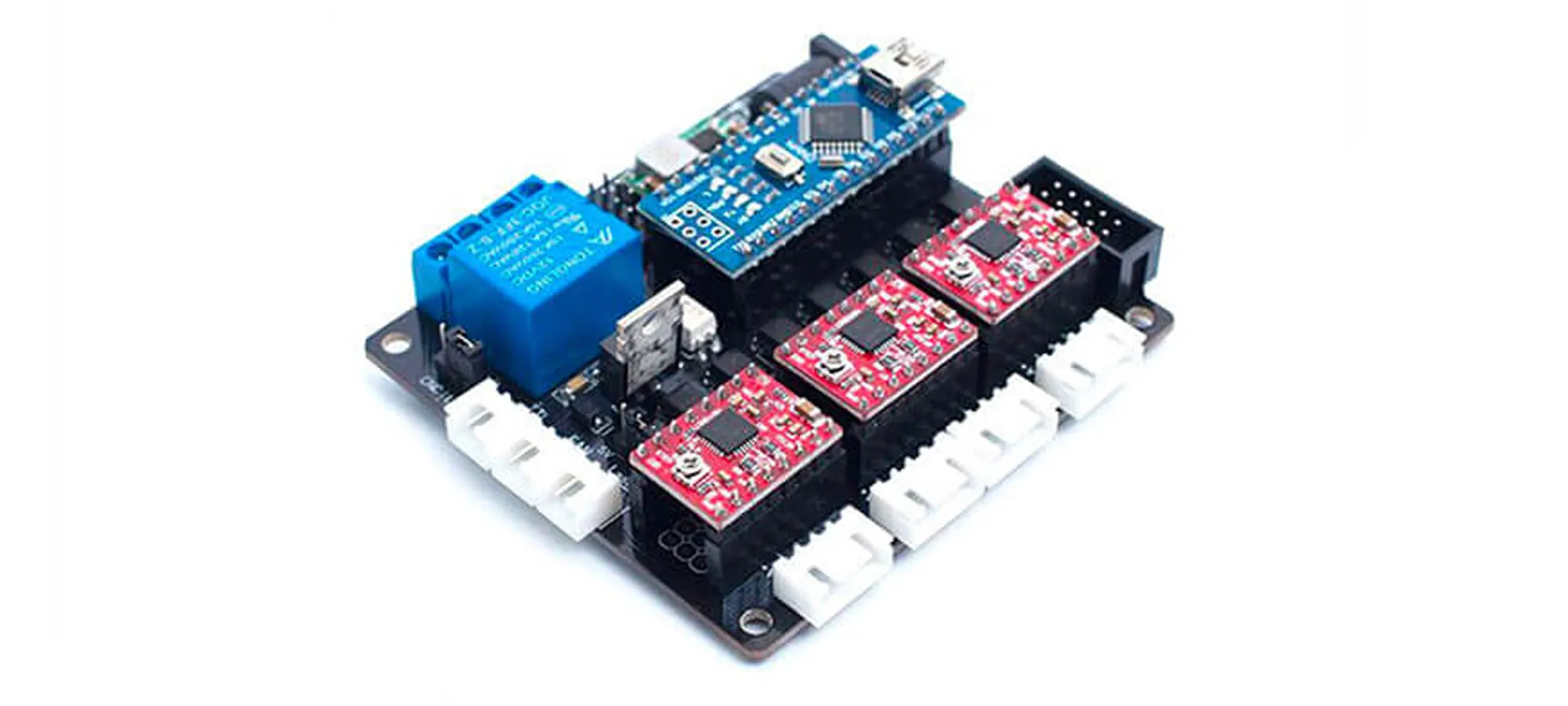
GRBL is maybe the easiest firmware on this list. It started as a modest task hoping to decipher G-code on an Arduino Uno. Presently, it has developed into two distinct adaptations, regular GRBL, and GRBL Mega. The difference between them is the boards they support. The first is compatible with the Arduino Uno and other 328p Arduino boards.
GRBL gets its worth from its simplicity; it deciphers G-code without any trouble. While it has a couple of great components, including jogging mode, it bars some further developed features like macros and canned cycles. As per the designers, this is on the grounds that these elements are better done on the software side of things.
However GRBL takes care of its work competently, it may not do what is needed. GRBL at present just supports 3-axis machines. This implies that machines requiring multiple steppers (like 3D printers) are useless. At least for now, this aspect is still. For instance, there are forks of the GRBL Mega venture that help more axes in the case you truly cannot wait for its improvements.
Introducing and setting up GRBL is quite direct. Flashing GRBL is pretty much as simple as adding a library and transferring a sketch in the Arduino IDE. Concerning the configuration, GRBL has serial orders for changing settings post-flash. When GRBL is set up, you might pick one of the numerous G-code senders made for use with GRBL.
Features:
- Jogging Mode: Improved and more responsive manual maneuvering of the tool head.
- Laser Mode: A few improvements for finer lasering.
- Real-time overrides: adjusts the state of the machine while in the process without hindering the G-code.
- Sleep mode: Comes with a power-off option for the end of a process.
- Compatible Boards: 328p processor Arduinos or the Arduino Mega 2560.
Klipper
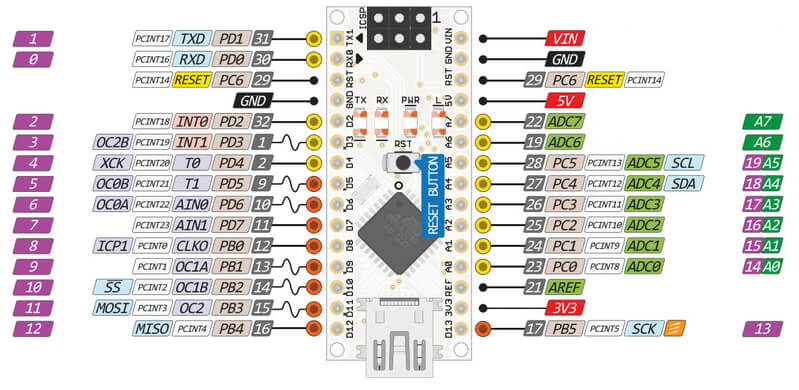
Klipper is a firmware that uses your Arduinos and consolidates them with a computer to control a CNC (indeed, various Arduinos). Klipper adopts an alternate strategy to CNC control than most.
With Klipper, the computer (for this situation, a Raspberry Pi) deals with the timing, physics, and G-code understanding while the MCU adheres to the guidelines on schedule.
What’s the significance here for the client? Basically, you can have various Arduinos, or different boards, controlling various components of your CNC. No longer would there be an issue with having just one board with sufficient stepper drivers or force. Even better, the entirety of the setup is done rapidly and effectively on the Raspberry Pi.
“Hang on,” you say, “various processors running a single machine… Sounds like a recipe for catastrophe!” Klipper has you covered there as well; as of now, it runs with a planning accuracy of 25 ms and around 100,000 to 700,000 stages steps per second, contingent upon the MCUs.
Maybe the greatest letdown with Klipper is that it just backs up 3D printers, however, some have had the option to run other CNCs for some minor changes. However, in case you like delving into code, know that Klipper is coded in Python.
With respect to installation, expect a more involved process since it runs on a simple computer In case you’re acquainted with OctoPi, the setup will look natural. It requires running a couple of important orders to streak the firmware and a couple more to make it work with OctoPi.
Features:
- Multiple microcontrollers: Function and synchronization are simultaneous.
- Smooth and precise movement of steppe: Thanks to its on-point calculations and estimations.
- Exclusive to 3D printers: Cartesian, delta, and core XY printers are all compatible.
- Supported Boards: Any AVR, ARM, or PRU boards + Raspberry Pi.
Marlin
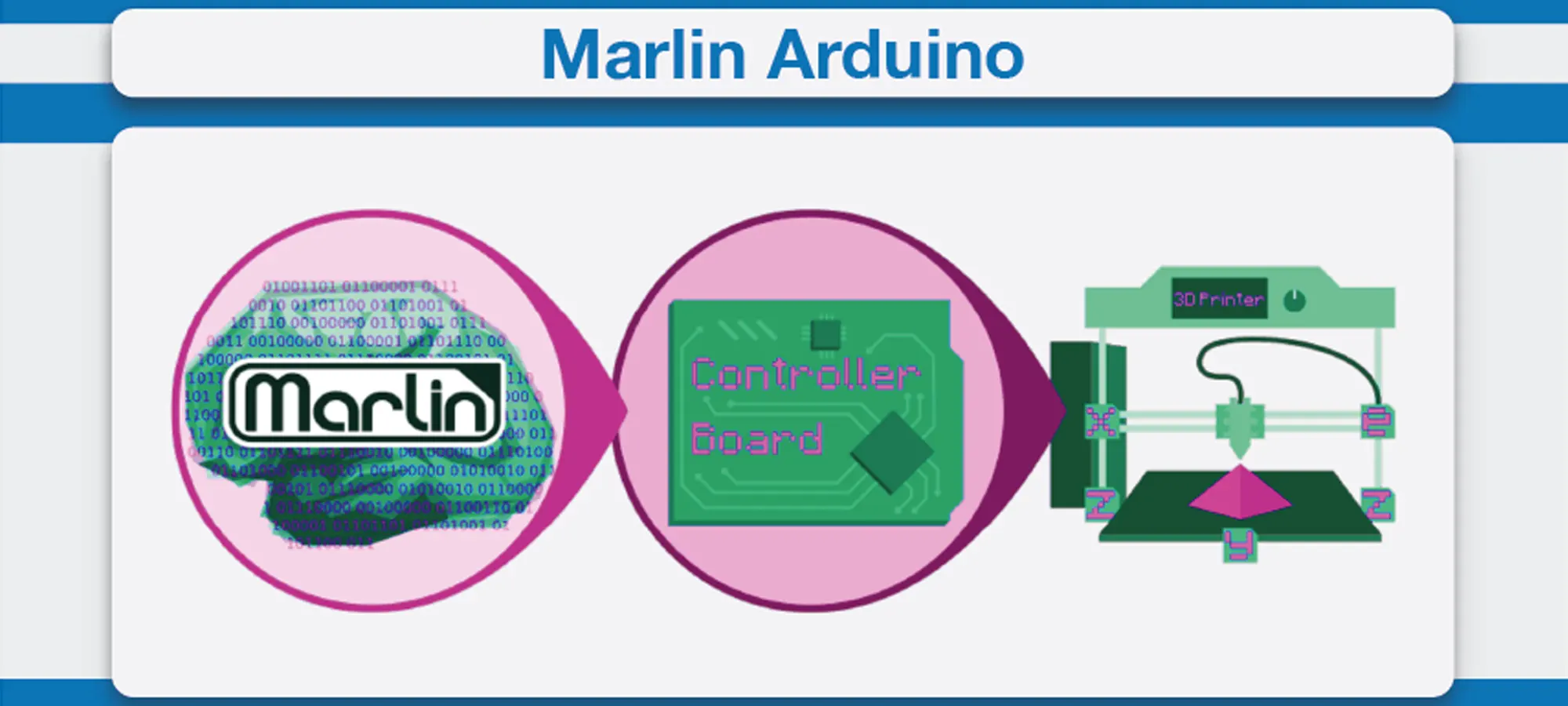
Marlin is maybe the most fleshed-out firmware on this list. It’s the firmware for any 3D printer and is even compatible with CNC laser and spindle designs. Marlin can be set up to run different printer styles and setups. In case there’s a component you need to add to your printer, Marlin would be the right choice.
Marlin accompanies great elements, for example, automatic bed leveling with a probe and autostart files, however, its most noteworthy is its adaptability.
Marlin is made in light of all printers and thus accompanies an extensive list of settings. These permit you to empower anything filament width sensor to case lights. For the whole setup list, visit their Configuring Marlin page.
Because of this adaptability, the setup of Marlin can be extensively relying upon the build. There are numerous things to arrange when setting up Marlin, however, there are some example configs to start with. Other than this, the transferring of the firmware is simple because of the Arduino IDE.
Features:
- Strong 3D printer support: Cartesian, delta, core XY, and SCARA printer types
- Long feature list: Many 3D printer functions
- Some CNC configurations
- Immensely large community (for 3D printers)
- Supported Boards: Almost any Arduino and others (Marlin Boards list)
Repetier-Firmware
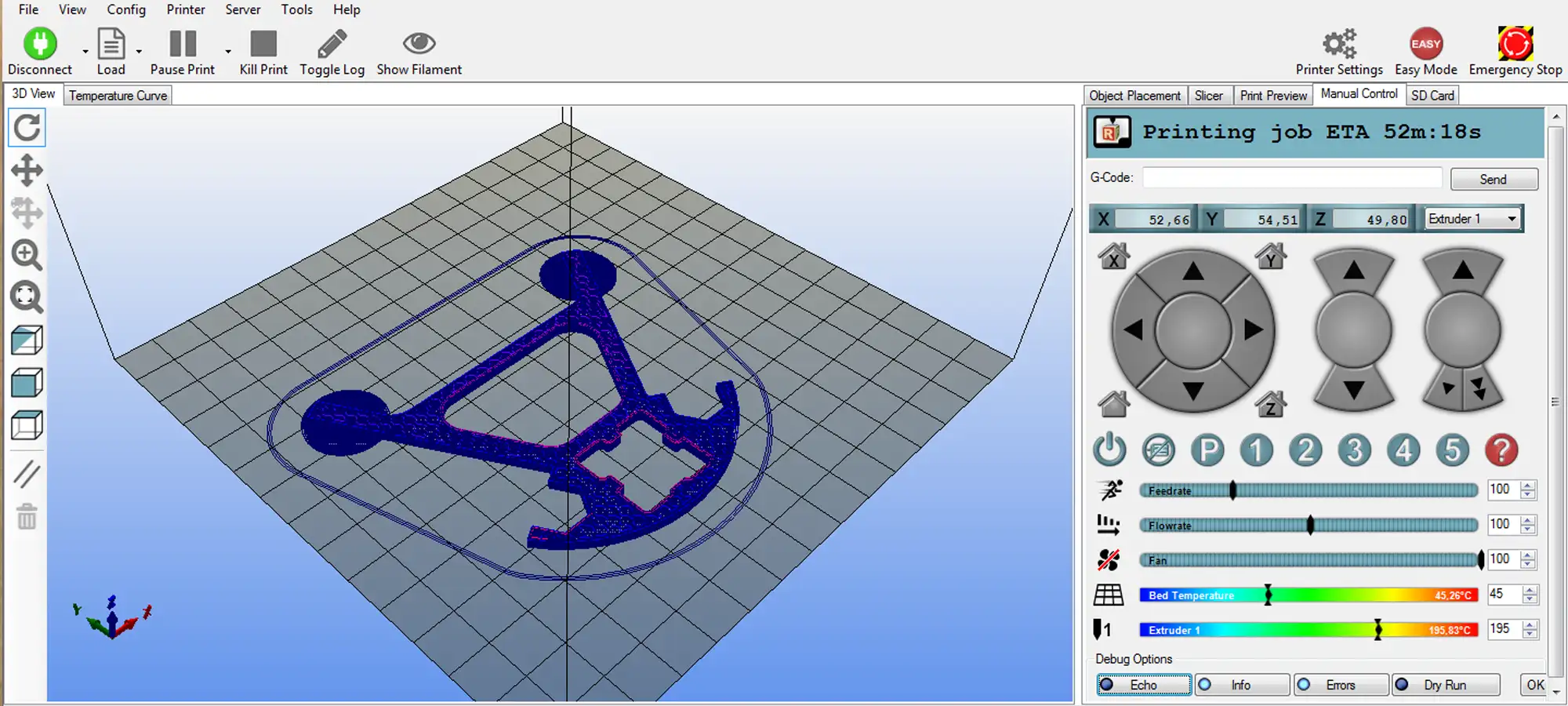
This is an all-in-one firmware by Repetier. It accompanies numerous setups to work on various printers and has a CNC mode for use with different tools. If we compare it with Marlin, it might appear to be familiar or may even feel like a bit of a letdown; it has fewer extraordinary elements and fewer people working on it.
In the meantime, others might argue that stable software might be more impressive than one that is continually developing. Repetier gives host and server software for communicating with your CNC.
This might be a decent decision for those people who would prefer not to stress over compatibility. The most attractive and redeeming part of this firmware is its ease of use.
Repetier has a complete step-by-step guide for configuring each of the settings of your printer. They even give a setup tool to those overwhelmed by the numerous choices.
It takes into account different levels of configuration and walks you through an exceptional list of choices. The actual install, in the same way as others on the list, takes the advantage of the Arduino IDE to make it simple.
Features:
- Configuration tool
- Strong printer support: Cartesian, delta, core XY, and SCARA printer types
- Some CNC configurations
- Server and host software: Allows for CNC control
- Supported Boards: All Arduino setups with at least 64 kB
Maslow
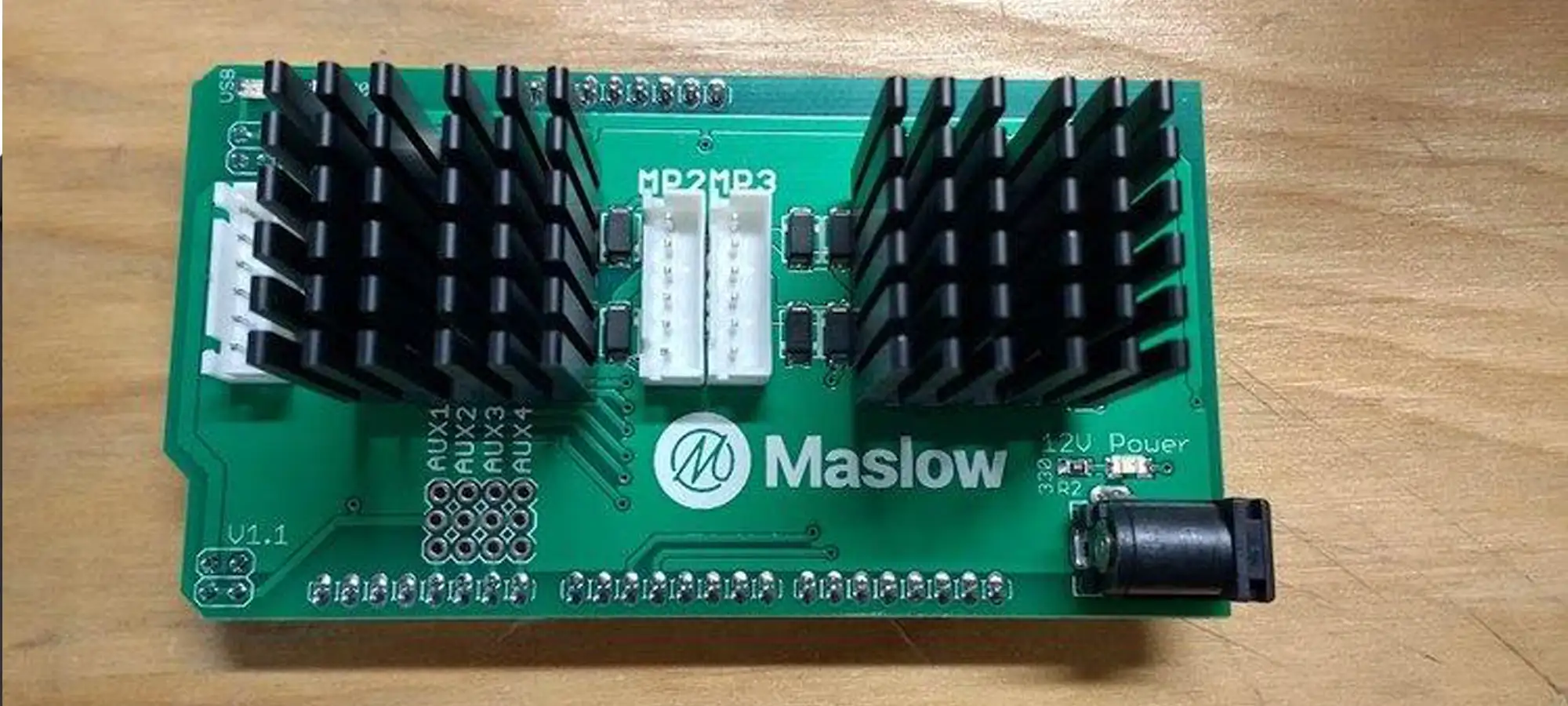
This one is quite a bit odd from the rest. Maslow CNC firmware is, indeed, for the Maslow CNC. Maslow is an extraordinarily planned CNC router that depends on gravity to keep up with its positional control.
It balances the router from two drive chains at an angle, laying the router on the stock. Maslow’s design permits it to be a large and affordable CNC router.
Maslow is on this list since it was designed with the Arduino as its regulator. It even has a custom shield. While it may not help your current machine, similar to others on this list, it sure is an interesting selection for those hoping to assemble a CNC machine starting from scratch.
Maslow provides its software, also, giving you all of the fundamental tools. What’s more, it’s simply installed through the Arduino IDE. Generally speaking, this makes Maslow the most least-customizable CNC firmware, however the easiest to set up.
Features:
- Complete open-source CNC design
- Custom shield
- Tutorial available
- Supported Boards: Arduino Mega 2056
Conclusion
The Arduino, similar to all computers, needs a program to run. At the point when individuals consider programs, they think about the product that runs on a computer. In this article, we’ll talk about programs that run for an MCU, which are more special in their capacity and work nearer to the hardware. The appropriate term for this sort of software is firmware.
It’s significant that, in case that you currently have an alternate board, it is feasible to change to Arduino, as long as it upholds the hardware, should you need to utilize one of the highlighted firmware alternatives.







